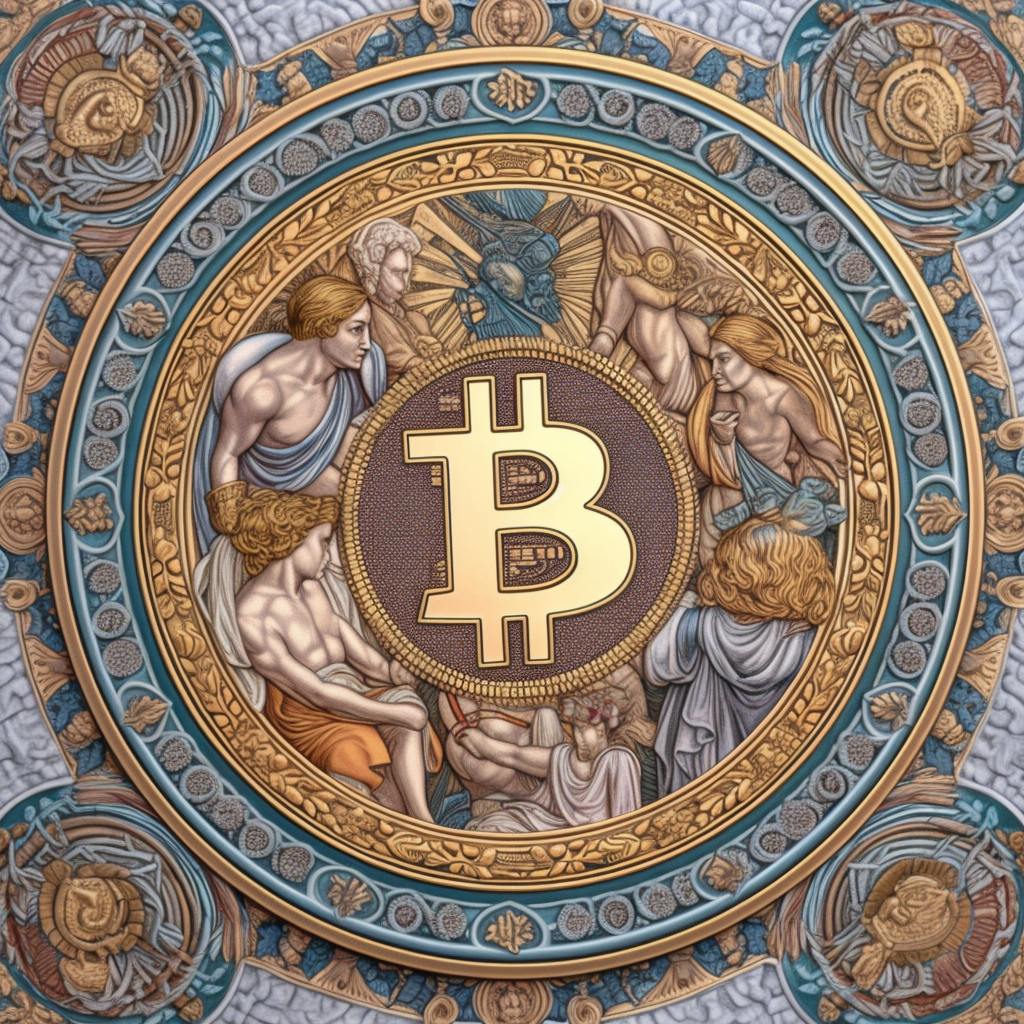
4 minute read
THE DEBAUCHERY OF CURRENCY - A Bloody History of Money
ELECTRONIC CASH
Bitcoin was the first digital currency to solve two challenges associated with digital money controlling its creation and avoiding its duplication at once. Any currency which becomes successful is subject to the originator wanting to issue more of it. This inflationary effect reduces the currency’s value Bitcoin’s production process (called “mining”) limits the production of coins to 21 million over approximately 150 years. Since the maximum number of Bitcoin is fixed, over time Bitcoin should become more valuable relative to other currencies as the supply of government-backed fiat currencies continues to increase. Its certain limited supply is a unique feature that stands in opposition to nearly every other traditional currency
Advertisement
The invention marked a significant milestone in the evolution of digital money. Rather than introduce fundamentally new concepts, it took existing concepts like distributed ledgers, proof-of-work consensus, and cryptography and applied them in a way that made electronic money feasible. Its open-source nature led to the development of a vibrant ecosystem of cryptocurrencies, each with unique features and goals. The success and proliferation of Nakamoto’s Bitcoin Blockchain inspired countless other digital currencies and laid the foundation for the broader adoption and acceptance of digital money.
This distributed ledger system eliminates the possibility of double spending in three basic ways. First, the encryption technology (a combination of RSA and SHA-256) is so strong it is not possible to break it: Given the vast number of possible inputs, even with modern computers and high computational power, it would currently take an extremely long time, likely beyond the age of the universe, to crack a single SHA-256 hash through a brute-force attack. Second, because all transaction blocks are linked, any change to one must necessitate a change to all subsequent transaction data. This means forging not one transaction, but thousands of transactions. Lastly, this change would need to be made on thousands of computers distributed around the world, at the same time, and in a way that nobody detects.
Maintenance of Purchasing Power
A major problem Bitcoin addresses is the maintenance of purchasing power. With traditional fiat currencies, central banks have the authority to issue more money, leading to inflation and a loss of value over time. Digital money faces the same challenge, as there is a temptation to issue an unlimited supply of currency, ultimately rendering it worthless.
Bitcoin tackles this issue with two limitations. The first is a limitation on the rate at which new Bitcoin are created. This rate is fixed at a set amount every ten minutes (approximately). If it becomes too easy or too difficult for new Bitcoin to be created, the algorithm adjusts. The second is a limit on the maximum number of total Bitcoin created, frequently cited as 21 million. That limit will be reached in over 100 years. However, it is important to note that the computer code governing the network does not use the concept of Bitcoin as its unit of account.
The basic unit of account is the satoshi. There are 100 million satoshis per Bitcoin, meaning the maximum production limit is 2,100,000,000,000,000 satoshis. Of these, approximately 1.9 quadrillion have been mined and 600 trillion have been irretrievable lost. There are approximately 200,000 satoshis available for every single person on earth, more than enough to go around. The value of a satoshi is a social convention governed by acceptance and demand. Bitcoin is scarce not because it has limited supply, but because it meets the four criteria of economic scarcity: difficult to obtain, unable to be counterfeited, independent value, and requires an economic choice.
Both gold and Bitcoin have some resistance to inflationary pressures that can erode the value of traditional fiat currencies. While central banks can increase the money supply and devalue fiat currencies, Bitcoin’s protocol limits the issuance of new coins, by design. This makes Bitcoin deflationary, meaning its purchasing power tends to increase over time. This incentivizes holders of the currency to save and invest, rather than engage in excessive spending. The limited supply and predictable issuance schedule make Bitcoin resistant to the devaluation that can plague traditional fiat currencies.










